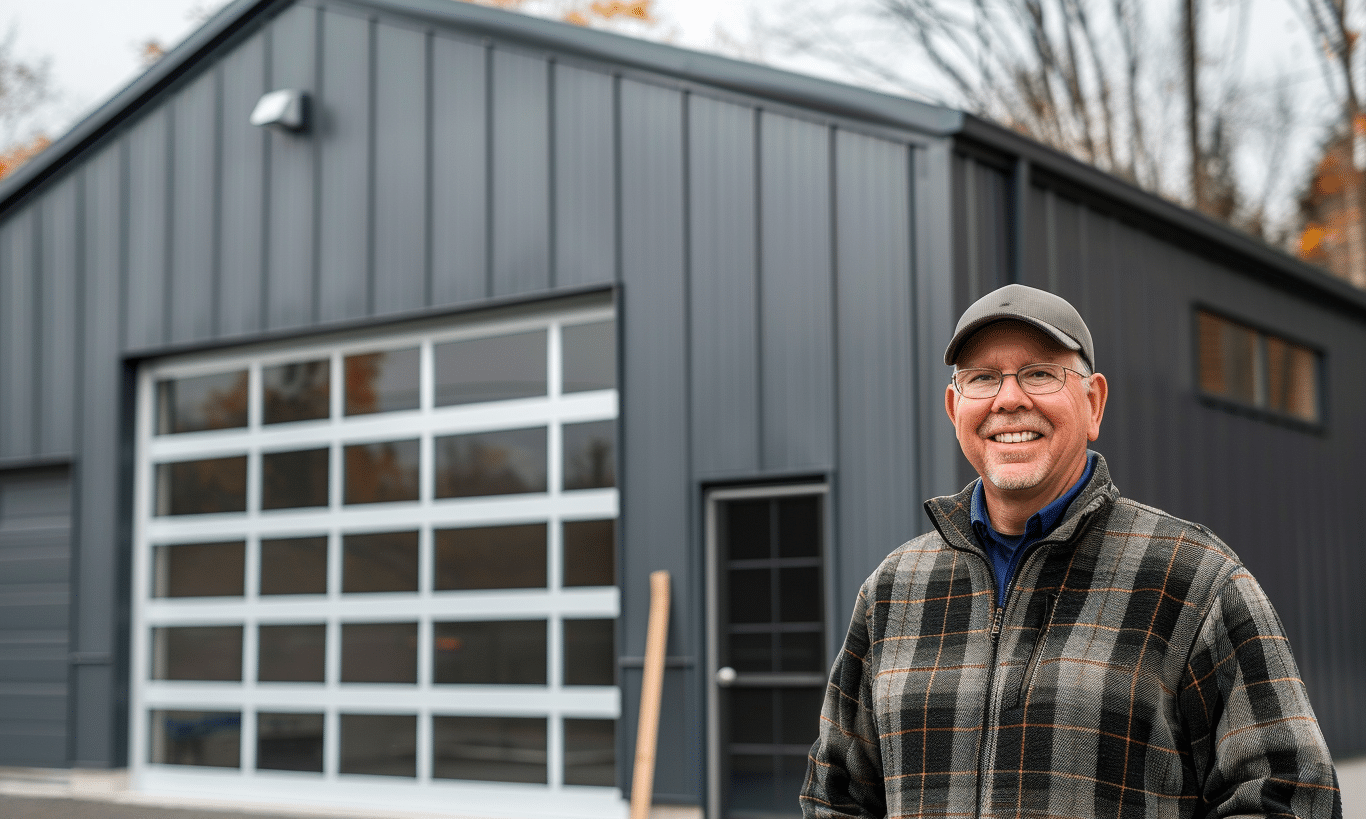In the world of construction, demolition is a dance of precision, safety, and efficiency. Safe demolition in construction is not just a priority; it’s an imperative. Whether you’re tearing down an old Ontario steel structure or preparing the site for a cutting-edge new build, understanding the nuances of demolition ensures the smooth unfolding of the project. But how do you navigate these turbulent waters safely?
A successful demolition requires more than just brawn; it demands brains. With the burgeoning industry and the complexity involved, employing strategic methods is essential. This article dives deep into the art and science of safe demolition in construction, offering tips that blend technical know-how with common sense to ensure a task well done.
Understanding the Importance of Effective Planning
Why does a skyscraper need a blueprint? Similarly, why does demolition demand meticulous planning? Planning is the cornerstone of any Custom Building Project, and demolition is no exception. Without this structured guide, we’re navigating blindfolded through a minefield.
The first tip is to integrate Effective project scheduling. Scheduling not only ensures time is effectively managed but helps in mapping out the entire demolition process. By anticipating challenges before they arise, you pave the way for a seamless execution. A good strategy involves a thorough understanding of the structure, including potential hazards, utility lines, and the structural integrity of the building.
Prioritizing Safety Measures: A Non-Negotiable Aspect
Imagine attempting to cross Niagara Falls on a tightrope without a safety net. Similarly, proceeding without prioritizing safety measures in demolition is courting disaster. Safety is not just a step; it’s an ongoing commitment. This involves regular training for the demolition crew on safety protocols and emphasizing the use of personal protective equipment (PPE).
An essential resource for safety guidelines is the Demolition Association, which can provide standards and best practices to mitigate risks.
Conducting a Comprehensive Site Assessment
Before the first hammer falls, conduct a comprehensive site assessment. Evaluate the building’s materials, age, and any hazardous substances such as asbestos. Understanding these elements informs the appropriate demolition methods and safety precautions. It’s like preparing for a chess match; knowing every piece on the board gives you tactical advantage.
Adopting Environmentally Friendly Practices
Demolition doesn’t have to mean destruction in the environmental sense. Green demolition or deconstruction is an approach that reduces waste and salvages materials for reuse. It’s akin to recycling old ideas into new marvels, offering an eco-friendly perspective on an inherently destructive process. Implement practices like material segregation to promote recycling and keep the environment in mind during each stage.

Leveraging Technology for a Smarter Demolition
In a digital age where everything from your coffee maker to your car runs on technology, why should demolition lag behind? Embrace technological advancements such as drones for site monitoring or 3D mapping for precision engineering. These tools can identify weak spots, allow for remote inspection, and enhance the efficiency of the process. Cutting-edge tech turns demolition from an art into a science.
Ensuring Equipment is Up to the Task
Just as a painter relies on brushes, a demolition professional relies on machinery. The utilization of modern, well-maintained equipment can significantly enhance the safety and efficiency of the process. Regular maintenance checks and using the latest technology in demolition machinery help minimize risks and ensure task efficiency.
Navigating Regulatory Compliance and Legal Aspects
A seasoned constructor knows the value of staying legally compliant. Before the bulldozers roll in, ensure that all permits and regulations are thoroughly checked and certified. This not only wards off potential legal repercussions but instills confidence in all stakeholders involved. Working with experts such as Your Building Team can further guide you through the complex legal landscape.
Post-Demolition: The Cleanup and Restoration Phase
The aftermath of demolition is not the end; it’s the beginning of something new. Just like a blank canvas awaits the artist’s first stroke, a cleared site marks the potential of new growth. A thorough cleanup and site restoration are vital components of safe demolition in construction. This phase involves debris disposal, ground leveling, and ensuring any hazardous waste is correctly managed in line with environmental standards.
Post-demolition is where the dreams of new builds, like Ontario steel structures, start to take shape. Properly managing this phase is crucial for moving forward with new projects without hiccups.

The Final Word on Building a Safe Demolition Framework
In the grand scheme of construction, safe demolition is more than a technicality—it’s an ethos. It demands constant vigilance, proactive planning, and an unwavering commitment to safety and efficiency.
Adopting these strategies ensures that each project not only meets its goals but does so in a truly responsible fashion. Each step, from pre-planning to post-demolition cleanup, requires careful consideration and expert execution. Safe demolition in construction is the art of dismantling with purpose, crafting a pathway for future innovation.
When you’re armed with the right knowledge and tools, a demolition project transforms from a daunting challenge to an exciting opportunity. In this way, each new teardown stands as a testament to the cycles of renewal and the promise of what more can come.

Embrace the journey of demolition as a crafting stone for ideas yet to come, just as Your Building Team continually does in their efforts to sculpt the architectural wonders of tomorrow.










